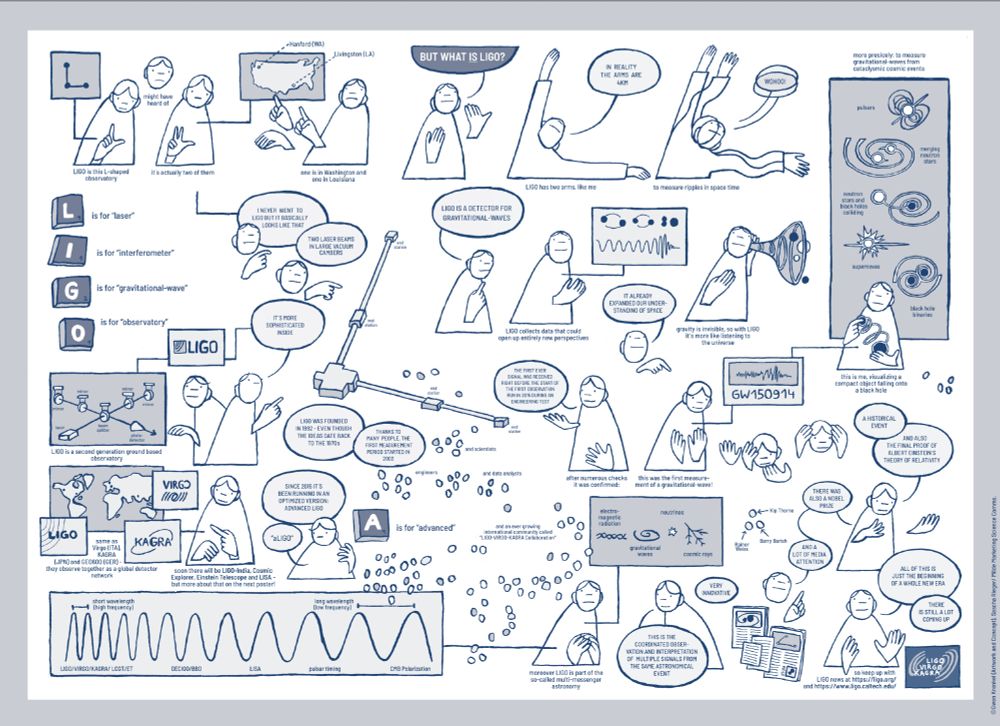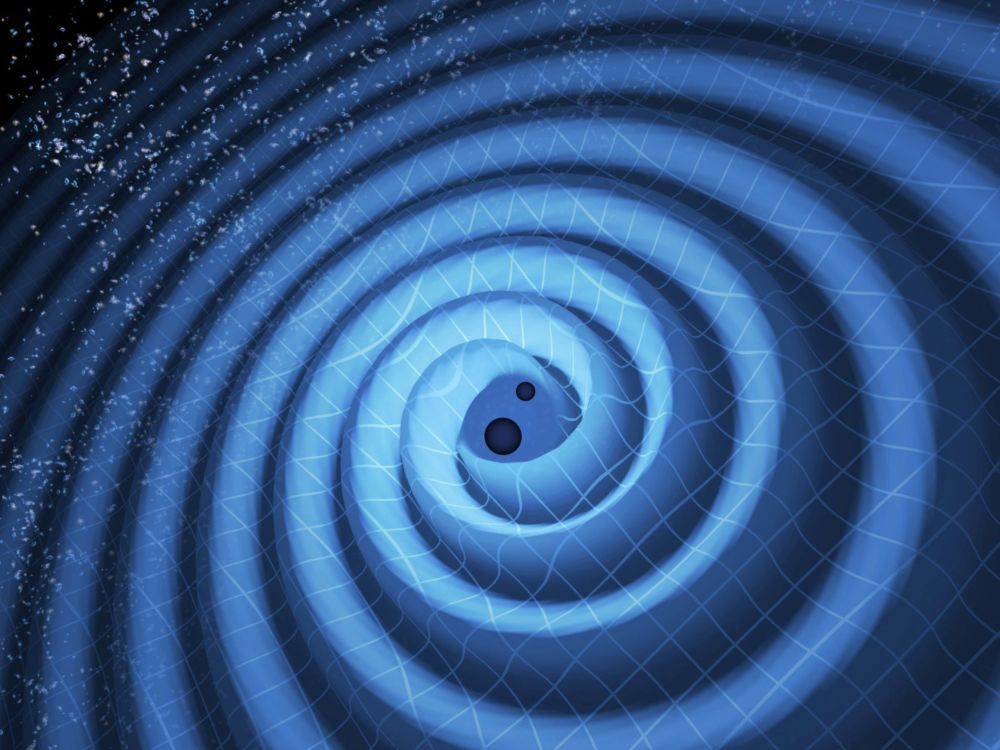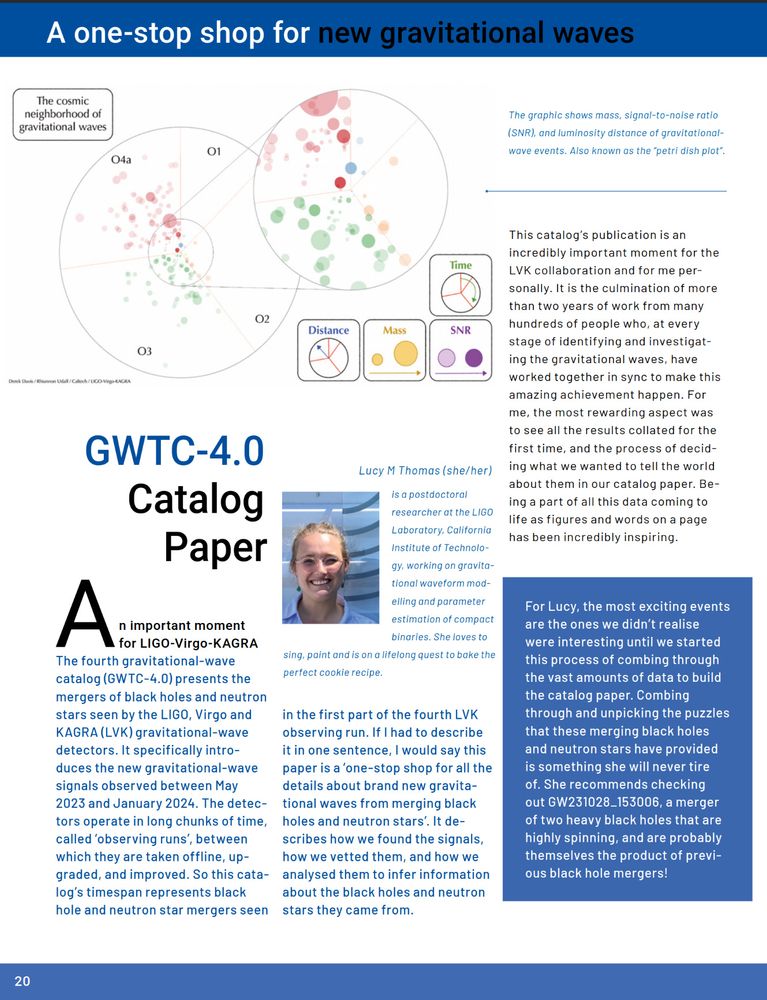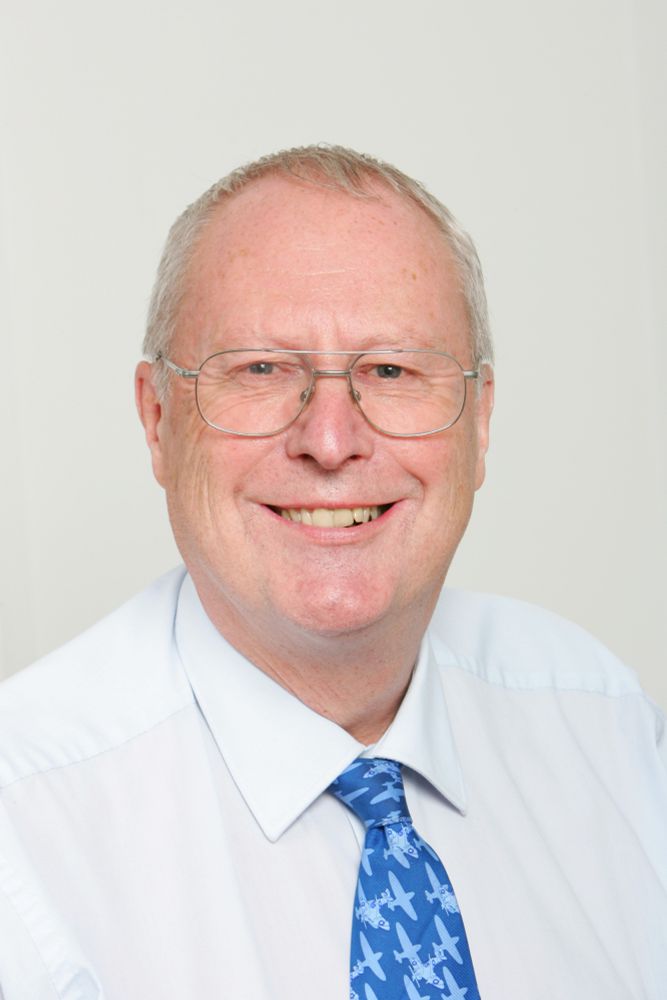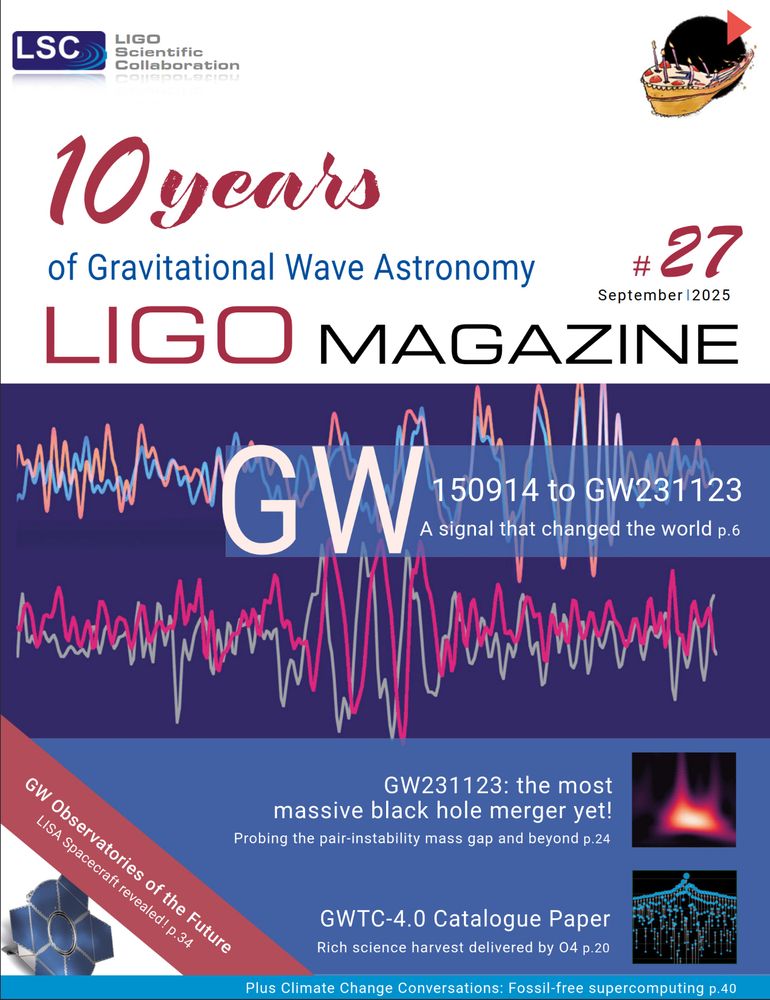LIGO Scientific Collaboration
@ligo.org
1.4K followers
56 following
180 posts
Official account of the LIGO Scientific Collaboration. We detect gravitational waves!
Email: [email protected]
Posts
Media
Videos
Starter Packs
Pinned
Reposted by LIGO Scientific Collaboration
Reposted by LIGO Scientific Collaboration
Reposted by LIGO Scientific Collaboration
Reposted by LIGO Scientific Collaboration
Reposted by LIGO Scientific Collaboration
Reposted by LIGO Scientific Collaboration
Reposted by LIGO Scientific Collaboration
Reposted by LIGO Scientific Collaboration
Reposted by LIGO Scientific Collaboration

















